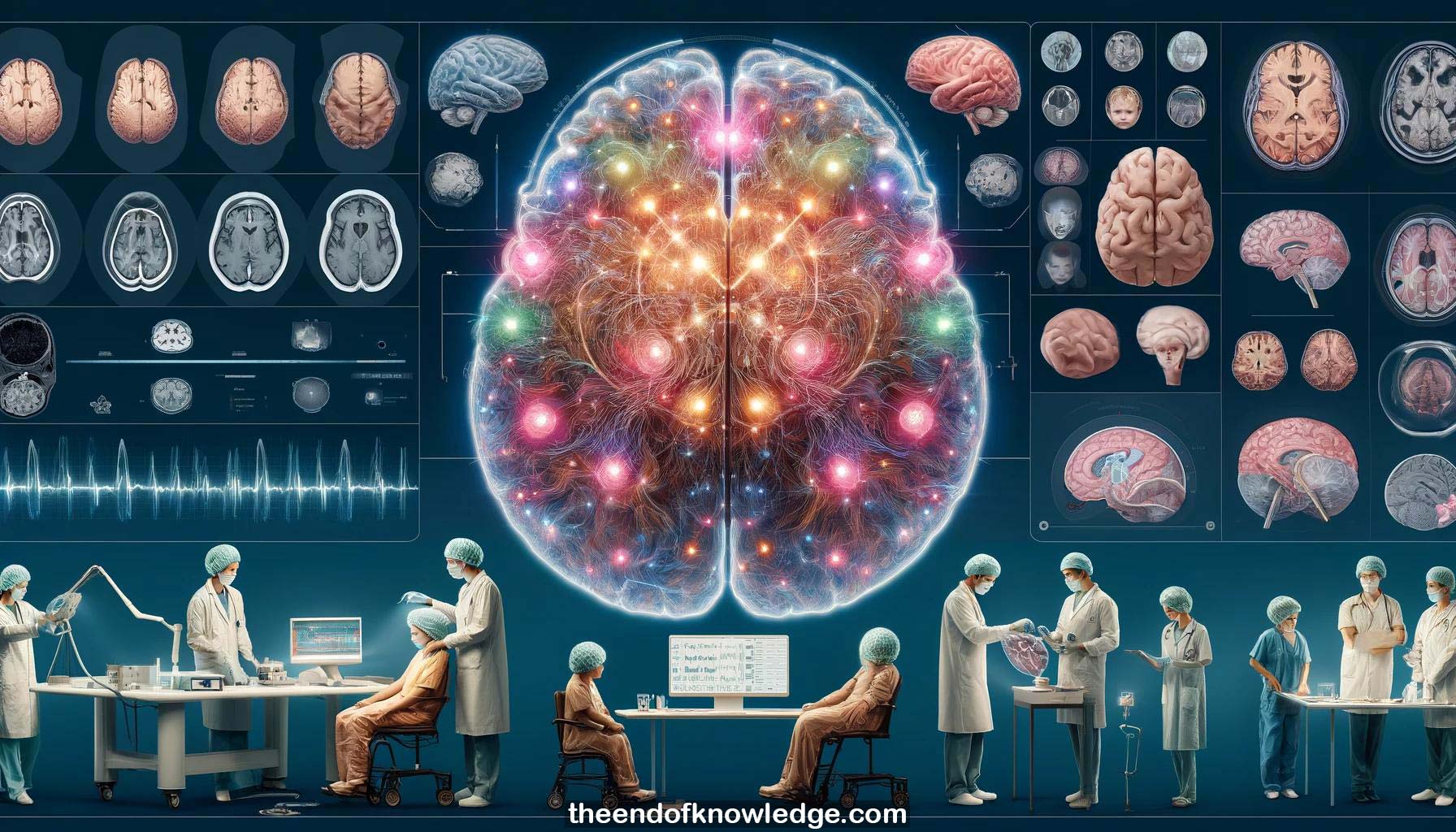 >
>
Concept Graph & Resume using Claude 3 Opus | Chat GPT4 | Llama 3:
Resume:
1.- Dr. Masanori Takeoka discussed functional brain mapping with stereo EEG in pediatric epilepsy surgery at Boston Children's Hospital.
2.- The goal is to maximize intervention while considering effects on normal brain function. Surgical resection risks permanent deficits.
3.- Localizing eloquent function is crucial in tailoring epilepsy surgery. Stereo EEG has become widely used for invasive monitoring.
4.- Functional mapping techniques previously optimized for subdural electrodes are being expanded for stereo EEG.
5.- Non-invasive mapping includes fMRI, TMS, MEG. Invasive mapping uses cortical stimulation, evoked potentials, high gamma mapping.
6.- Real-time high gamma mapping (RTFM) has been developed for subdural electrodes and expanded to stereo EEG in children.
7.- RTFM is passive, time-efficient, used in the OR and bedside, and FDA-approved. It preserves seizure capture.
8.- RTFM is less likely to induce seizures than cortical stimulation and can be used in low-threshold regions.
9.- RTFM allows longer, more complex paradigms, real-time results and troubleshooting. It's valuable beyond just epilepsy cases.
10.- Stereo EEG is replacing subdurals, especially in children. Placement is hypothesis-based and tailored to each case.
11.- Paradigms are adjusted for cooperation and cognitive level. Electrode maps and paradigms are optimized to reduce artifacts.
12.- Data was presented from 46 pediatric cases over 5.5 years at Boston Children's Hospital with medically intractable epilepsy.
13.- Motor and sensory mapping localizes function to avoid disabling deficits. Face/hand representation is greater than leg.
14.- RTFM results generally concordant with cortical stimulation for motor/sensory mapping. Some abnormal co-activation patterns seen.
15.- Preparing language paradigms is challenging due to variability in age, development, cognition. Paradigms are tailored to each child.
16.- 15 patients with left frontal/temporal electrodes underwent expressive/receptive language mapping. RTFM helped differentiate response types.
17.- RTFM is valuable for receptive language mapping, especially in children with limited cooperation for cortical stimulation testing.
18.- RTFM requires more cooperation for expressive vs receptive language. It can confirm bilateral language seen on fMRI.
19.- Visual mapping with RTFM identifies broad networks beyond primary visual cortex that could be affected by resection.
20.- Cortical stimulation is established but has limitations (time, seizure risk, pair-wise testing). RTFM offers complementary advantages.
21.- RTFM is limited by electrode placement but can sample deeper regions and allow longer, more flexible paradigms.
22.- RTFM is unlikely to trigger seizures and can avoid stimulus spread issues. It allows simultaneous multi-site testing.
23.- RTFM enables studying previously inaccessible regions relevant to language/cognition. It complements cortical stimulation, especially in children.
24.- Unexpected findings with RTFM suggest broader networks. Verifying the patient isn't accidentally activating other functions is important.
25.- RTFM suggests motor/language networks may be more extensive than expected from cortical stimulation. Insular involvement needs further study.
26.- An ideal receptive language paradigm could include multiple difficulty levels and non-linguistic sound for subtraction.
27.- Epilepsy is often not completely curable, but can be well-controlled, especially if the cause is not genetic.
28.- The youngest patients mapped were 3-4 years old with stereo EEG, around 1 year old with subdural grids.
29.- Stereo EEG wounds heal well compared to subdural grids. Holes are not noticeable once healed.
30.- In summary, RTFM and cortical stimulation offer complementary tools for functional mapping in pediatric epilepsy. A combined approach is valuable.
Knowledge Vault built byDavid Vivancos 2024